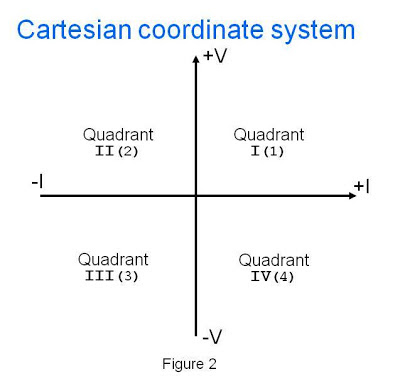Remote sense is a feature on many power supplies that allows the power supply to regulate its output voltage right at your load (“remotely”) instead of at the power supply output terminals. Use remote sense when you want to compensate for load lead voltage drop caused by load current flowing in your load leads. This is accomplished by using a pair of remote sense leads that are in addition to your load leads. See an example in Figure 1. The power supply uses the voltage across the remote sense lead terminals to sense (measure) the voltage at the load terminals and regulate the voltage directly across the load by adjusting the output terminal voltage. Refer to this post I wrote last year on remote sense:
https://powersupplyblog.tm.agilent.com/2011/08/use-remote-sense-to-regulate-voltage-at.html
https://powersupplyblog.tm.agilent.com/2011/08/use-remote-sense-to-regulate-voltage-at.html
Remote sense leads could be accidentally left open, or once connected, one or both leads could inadvertently become open. I have had users of our power supplies testing very expensive devices under test (DUTs) ask me what would happen to the output voltage if a sense lead wired in a system opened; they were worried about subjecting their very expensive DUT to excessive voltage.
To understand why this is an important consideration, it is necessary to better understand the role of the sense leads. To regulate its output voltage, a power supply uses internal circuitry that acts as a feedback loop. The voltage is set to a particular value and the feedback loop monitors (measures) the voltage across the sense terminals and compares it to the setting. If it is too low, the loop circuitry increases the output voltage. If it is too high, the loop circuitry decreases the output voltage. So the actions of this loop result in the output voltage settling (being regulated) at a value such that the sense lead voltage equals the voltage set point.
If one or both of the sense leads is open, the feedback loop is broken and incorrect voltage information is sent to the loop. With an open sense lead, the sense voltage is typically near zero. The loop thinks the output voltage is too low and responds by increasing the output voltage. But this does not result in a corresponding increase in the sense lead voltage since the wire is broken so the loop increases the output voltage more. This continues until the value is increased to the maximum amount possible, which is usually somewhat higher than the maximum rated voltage of the power supply and very much beyond the desired set point. This could easily damage the DUT!
The scenario described in the previous paragraph is what would happen if no action was taken to prevent a runaway output voltage due to an open sense lead. Agilent power supplies have an internal circuit, called open sense protection, that prevents the output voltage from rising significantly above the set voltage if one or both of the remote sense leads is open. In fact, with one or both sense leads open, the output voltage of most Agilent power supplies will rise only 1 or 2 percent above the setting. Additionally, some Agilent power supplies can detect an open sense lead and respond by shutting down the output and alerting the user by changing a bit in a status register.
Note that this open sense protect circuitry is in addition to and independent from the over-voltage protection (OVP) circuitry common on most Agilent power supplies. OVP is a setting that is separate from the output voltage setting. If the actual output voltage exceeds the OVP setting, the OVP will shut down the output to protect the DUT.
Note that this open sense protect circuitry is in addition to and independent from the over-voltage protection (OVP) circuitry common on most Agilent power supplies. OVP is a setting that is separate from the output voltage setting. If the actual output voltage exceeds the OVP setting, the OVP will shut down the output to protect the DUT.









